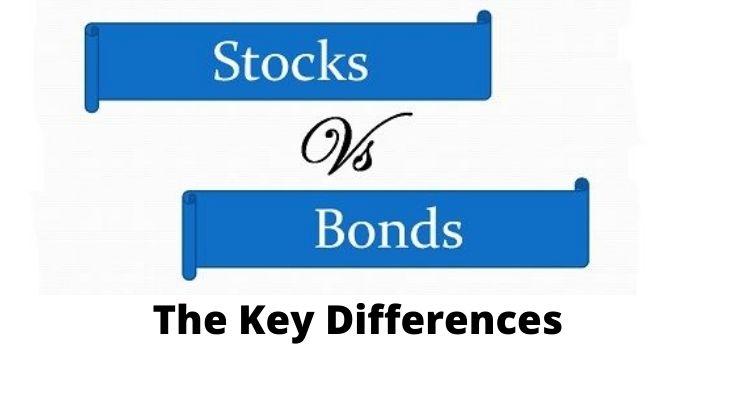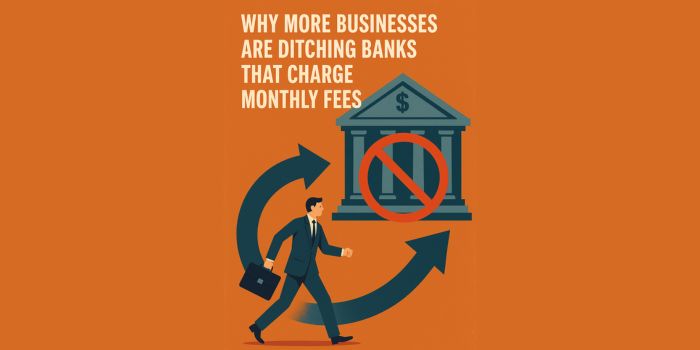Diversification is a crucial step in risk management. Financial advisers recommend diversifying investments across asset classes, whether a risk-taking investor or a conservative one. There are two sets of asset classes popular among investors: stocks and bonds. They offer both diversification benefits and potential capital gains. Companies or even public entities use both instruments to raise money.
However, they are different in how they function in the market. Stocks are high-risk instruments, but potential rewards are comparatively higher than bonds like Sovereign Gold Bond. Following are the key characteristics and differences between them:
Stocks
They get issued to the public by companies that take part in the firm. There are many ways a company can give shares, including employee stock options, direct equity investments, or via Initial Public Offering. The primary motive of the share sale by a company is to raise money.
Let us understand with an example. You run a clothing company that produces apparel for renowned brands from Western nations. Till now, you have grown your business by taking Bank Loans. Lately, you are getting massive orders from more companies for your products. You see an opportunity and plan to expand your production line by building another unit at the same premises where you operate.
Now, you need a larger capital though you do not want to take a Loan as you wish to avoid burdening yourself with interest cost, given the uncertainty that the new production line will be a success or not. The next best option is to sell a stake in your company in such cases. You can hit the Stock Market by launching an IPO or approaching large investors. In both cases, buyers of shares will be owners or a part of your business, sharing proportionate profits and risks.
If you hit the market to raise money, ideally, the value of your shares fluctuate according to how your business performs. The value is relatively fixed in the second case unless a merchant banker or another investor again values it.
Bonds
Suppose five years have passed after you bought your IPO in the same example. You have made a name for yourself. Now, you do not just want to make clothes for other brands, but start your brand with stores in major cities. Again, you need capital, and you have similar options. Bank interest rates are too high for you to afford, so this time instead of selling more shares and diluting your stake, you issue a debt instrument assuring 6% returns per year.
Effectively, you take Loans from the public, including retail and institutional investors. This debt instrument, also called Bonds, has a par or face value and a coupon rate. A bond with a par value at Rs. 1 lakh generates Rs. 6,000 interest in a year. It could also be paid in instalments, say twice a year. Bonds usually have a maturity date when the company repays the Loan amount.
Sometimes, a company issues zero coupon Bonds, meaning interest paid on the debt is 0%. To compensate, the company sells Bonds at a discount. For example, if the face value is Rs. 100 with a year’s maturity, then it gets sold at, say, Rs. 94 at the time of issue, but you get Rs. 100 when it matures.
Bonds are relatively safer because they promise an assured return than stocks that can fluctuate and eat your capital. Like stocks, some Bonds, like Gold Bond, can also be traded in secondary markets. They are not just issued by companies but also governments and municipalities. Government-issued Bonds, called Treasury Bonds, are one of the safest assets to hold.




